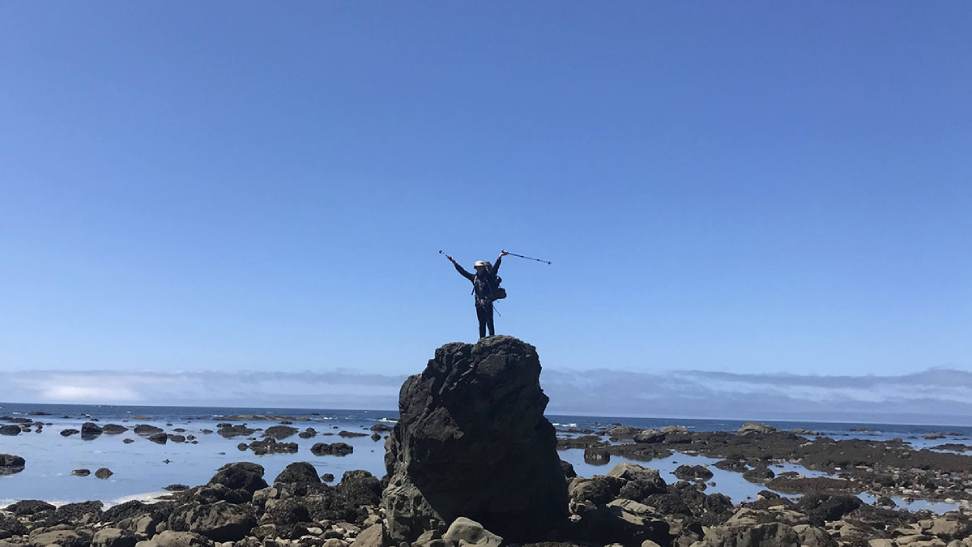Max66, Arsgroup777, ARS Group Exchange: An intrinsic desire for novelty and excitement is embedded within the human psyche. This innate drive pushes individuals to seek out new adventures, experiences, and challenges that stimulate their senses and invigorate their minds. Whether it is trying a new cuisine, embarking on a spontaneous road trip, or participating in an adrenaline-pumping activity, the pursuit of novelty and excitement fuels a sense of curiosity and escapade in everyday life.
This relentless quest for novelty and excitement can be attributed to the brain’s intricate reward circuitry. When individuals engage in novel and stimulating activities, the neurotransmitter dopamine is released in the brain, triggering feelings of pleasure and satisfaction. This neurological response reinforces the behavior of seeking out new experiences, as the brain learns to associate novelty and excitement with positive emotions. As a result, individuals are more likely to gravitate towards activities that offer a sense of thrill and adventure, driven by the gratifying effects of dopamine on the brain’s reward system.
The Role of Dopamine in Adventure-Seeking Behavior
Dopamine, a neurotransmitter associated with pleasure and reward, plays a crucial role in driving individuals towards adventurous pursuits. When engaging in activities that involve risk-taking and novelty, such as extreme sports or exploring unknown territories, dopamine is released in the brain. This release of dopamine triggers feelings of euphoria and excitement, reinforcing the behavior and encouraging individuals to seek out similar experiences in the future.
Research has shown that individuals who exhibit a higher level of dopamine activity in certain areas of the brain tend to be more inclined towards seeking out adventurous activities. This suggests that there may be a biological basis for the drive for novelty and excitement observed in some people. As dopamine levels rise in response to thrilling experiences, individuals may feel a sense of exhilaration and satisfaction, motivating them to continue exploring new and challenging situations.
• Dopamine, a neurotransmitter associated with pleasure and reward, plays a crucial role in driving individuals towards adventurous pursuits.
• When engaging in activities that involve risk-taking and novelty, such as extreme sports or exploring unknown territories, dopamine is released in the brain.
• This release of dopamine triggers feelings of euphoria and excitement, reinforcing the behavior and encouraging individuals to seek out similar experiences in the future.
Research has shown that individuals who exhibit a higher level of dopamine activity in certain areas of the brain tend to be more inclined towards seeking out adventurous activities.
This suggests that there may be a biological basis for the drive for novelty and excitement observed in some people.
As dopamine levels rise in response to thrilling experiences, individuals may feel a sense of exhilaration and satisfaction, motivating them to continue exploring new and challenging situations.
Risk-Taking and the Brain’s Reward System
Ars247, Wazeerexch, Peachexch: Risk-taking is an intrinsic aspect of human behavior that is closely linked to the brain’s reward system. When individuals engage in risky activities, such as extreme sports or gambling, their brains release dopamine, a neurotransmitter associated with pleasure and reward. This surge of dopamine reinforces the behavior by creating a sense of euphoria and satisfaction, making individuals more likely to seek out similar experiences in the future.
Studies have shown that the brain’s reward system plays a crucial role in driving adventure-seeking behavior. The interplay between risk-taking and dopamine release can create a cycle of seeking out novelty and excitement as individuals chase the thrill of new experiences. This constant pursuit of reward can lead to a heightened tolerance for risk and a desire for increasingly thrilling activities to achieve the same level of dopamine release.
How does the brain’s reward system influence risk-taking behavior?
The brain’s reward system, which is primarily regulated by the neurotransmitter dopamine, plays a key role in motivating individuals to seek out novel and exciting experiences, leading to risk-taking behavior.
What is the connection between the drive for novelty and risk-taking behavior?
The drive for novelty and excitement is closely linked to risk-taking behavior, as individuals who seek out new experiences are more likely to engage in risky activities in order to satisfy their need for stimulation.
How does dopamine affect adventure-seeking behavior?
Dopamine is known to play a crucial role in reward processing and motivation, and individuals with higher levels of dopamine activity are more likely to engage in risk-taking behavior in order to experience the pleasurable sensations associated with novel and exciting experiences.
Are there any potential risks associated with engaging in risky behavior due to the brain’s reward system?
While the brain’s reward system can motivate individuals to seek out new experiences and take risks, it is important to be mindful of the potential consequences of engaging in risky behavior, such as physical harm, financial loss, or legal consequences.
Can the brain’s reward system be modified to reduce risk-taking behavior?
While the brain’s reward system is largely influenced by genetic and environmental factors, individuals can employ strategies such as mindfulness, cognitive behavioral therapy, or medication to help regulate dopamine levels and reduce the urge to engage in risky behavior.
Have A Look :-
- Women Crave Mind-Blowing Sex
- When You Should And Shouldn’t Try For Sex
- How To Convey Your Sexual Side From The Start


